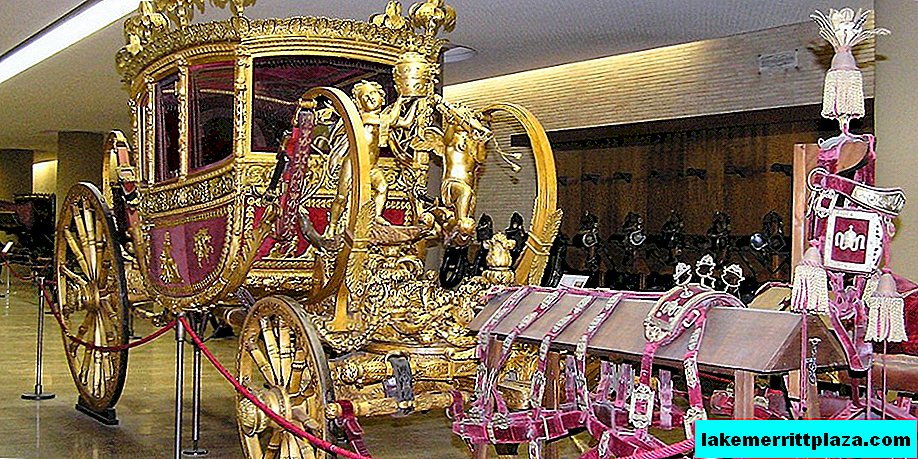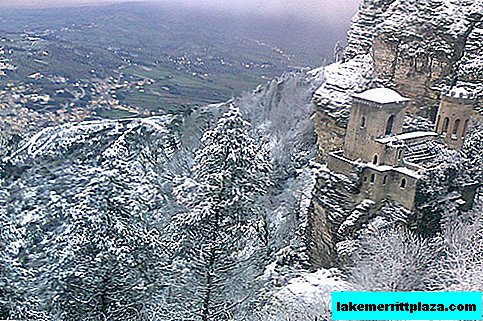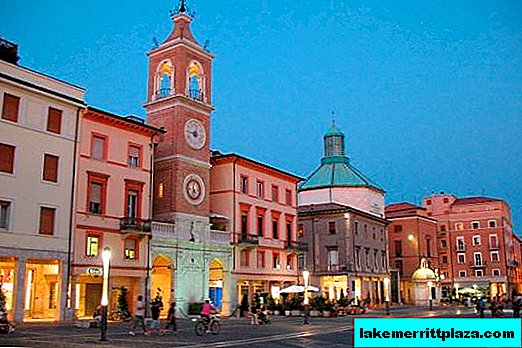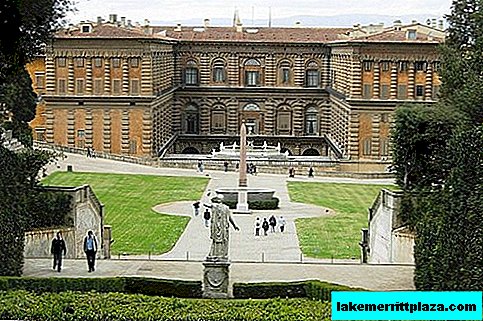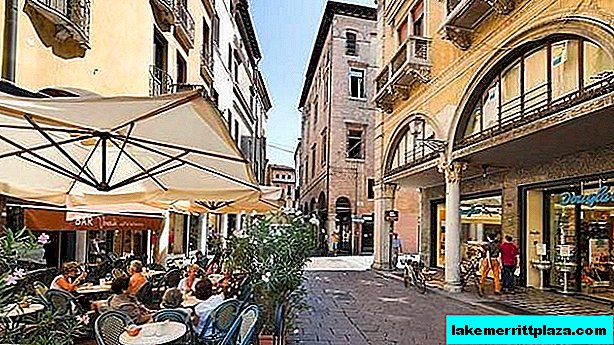In the previous post - Sights of Venice, where you can buy tickets on-line. Part I, we have already talked about some interesting places in Venice, the entrance ticket to which can be purchased via the Internet. But Venice is too rich in places of interest for all of them to fit into a single post. So now - the promised continuation ...
The Clock Tower with the Moors in Piazza San Marco is one of the most impressive andplaces of interest in Venice.
Venice Clock Tower (Torre dell'Orologio)
In the Middle Ages, having your own watch was considered a great luxury, so not every city could boast of having such an expensive mechanism.
The tower was built at the end of the 15th century by the architect Mauro Coducci, commissioned by the city senate. The Venice Clock Tower has acquired a modern look after some extensions built in the 16th and 17th centuries.
Extremely accurate watches, made by watchmakers from Padua - father and son Giampaolo and Giancarlo Ranieri - are a masterpiece of engineering. They not only count the time, but also show the dominant zodiac sign, as well as, even more incredible, the current phase of the moon.
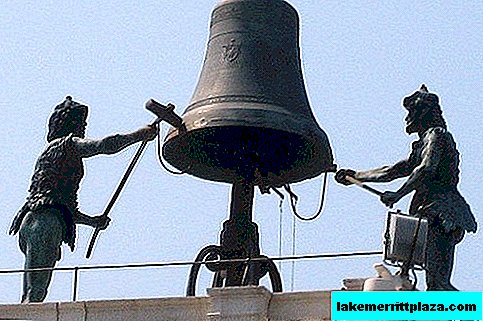
The Bronze Moors on the Clock Tower beat the hour every hour
At the very top of the Clock Tower is a niche in which a statue of the Madonna and Child is placed. On Christmas holidays, from the side niches located on both sides of the Madonna, the figures of the Magi pass by the Virgin and little Jesus, bowing to her and the baby with each beat of the clock.
Crowns Clock tower a terrace on which two giant bronze figures of the "Moors", located on both sides of the huge bell, beat the hour every hour. The "Moors" were christened by the Venetians themselves, since the bronze from which they are made turned black from the effects of sea air and time. A figure with a beard (personification of the past) strikes the bell exactly 2 minutes before the exact time, and the beardless beats the time - right on time.
If you wish, you can see how the clockwork works, and at the same time admire the magnificent panorama of St. Mark's Square. However, climbing a narrow spiral staircase to the five levels of the Clock Tower is allowed only with a guide.
The entrance ticket to the Clock Tower also entitles you to visit the Correr Museum, the National Archaeological Museum and the Marchian National Library (St. Mark).
Find out the actual cost of tickets for an excursion to Venice Clock Tower and make an order here. Please note that the tour is in English.
Gallery of the Academy of Venice (Galleria dell 'Accademia)
One of the most informative and interesting places, a kind of "Mecca" for true connoisseurs of fine art, is the Gallery of the Academy of Venice on the Grand Canal. The Gallery houses the world's largest and most significant collection of works by Venetian artists of the 14th – 18th centuries.
By the middle of the XVIII century, the Venetian Senate decided to open a school in the city, where students could learn the secrets of painting, architecture and sculpture, as it was in Rome, Milan and Florence.
To this end, the Academy of Fine Arts of Venice was founded in 1750. However, at that time the Academy was located in the premises of the former flour warehouse and did not play any serious role in the cultural life of the city.

The Academy Gallery contains paintings by the greatest Venetian artists
Everything changed with the advent of Napoleon, who was known as a great connoisseur of art. During the nine years of the French occupation, many valuable paintings were exported from Italian museums.
But it was under Napoleon in Venice that the Art Gallery was founded, under which several buildings built back in the Renaissance were taken.
The complex also included the church and monastery of Santa Maria della Carita, located on the embankment of the Grand Canal. After some reconstruction, the academic departments of the Academy and, in fact, the Art Gallery itself, which later became known as the Gallery of the Academy of Venice, were housed in the buildings of the complex.
Now in Academy Museum Venice collected more than 600 paintings by the greatest Venetian masters, ranging from the primitive paintings of Paolo and Lorenzo Veneziano and del Fiore, and ending with the works of Renaissance artists: Bellini, Conegliano and Carpaccio. The exhibition also features works by Tintoretto, Titian, Veronese, Tiepolo, Canaletto, etc.

In addition to the Doges of Venice, the Inquisition was located in the Palazzo Ducale
In the halls of the Gallery you can see the mysterious “Thunderstorm” by Giorgione and a free interpretation of the Last Supper Veronese called “Feast in the House of Levi”, as well as “The Miracle of St. Mark” by young Tintoretto. Giovanni Bellini is represented here by more than a dozen works, including the charming “Madonna with Saplings” and four small allegories. Present and paintings of "nonresident" masters - Andrea Mantegna, Piero della Francesca and others.
The pride of the Academy Gallery is the painting "The Taking of the Virgin Our Lady" by Titian, which some art historians consider the artist's most brilliant work. And the pearl of the collection - the famous drawing "Vitruvian Man" by Leonardo da Vinci - is exhibited quite rarely in the Venetian museum.
| Check availability and ticket prices ››› |
Secret Itineraries of the Doge's Palace
The Doge's Palace Secret Route Tour is one of the most popular excursion programs in Venice. During the 75-minute excursion you can peek behind the scenes of the Palazzo Ducale - into the world of the Republic of Venice rich in mysterious stories.
The famous Palace not only served as the residence of the Doges of Venice, but also became the focus of the political and judicial power of the Inquisition.
Secret routes provide a unique opportunity (and this is the only way) to walk along secret corridors and see firsthand all the most famous rooms of the Palace, inaccessible to the general mass of visitors.

Doge's Palace Secret Routes Pass Through Prison Cells
A tour of the Secret Routes of the Doge's Palace involves a visit to the Hall of Soviets, the Bridge of Sighs, connecting the Doge's Palace with the building of the new Carcherie Prison, a torture chamber and two cells that served as a prison for Giacomo Casanova.
It should be said that among all places of interest in Venice tour The Secret Routes of Doge's Palace has gained such popularity among tourists that getting on it is not so easy. Therefore, if you want to visit this tour, you should take care of ordering tickets in advance.
| Check availability and ticket prices ››› |
Photos by: dvdbramhall, TracyElaine, netNicholls, archer10 (Dennis), Kevin H.

